A runaway bride at the age of 13

I first posted a version of this story on my author’s blog at in Dec 2019. Various other Phillips descendants got in touch as a result, so I’m delighted to have expanded the current family network! In autumn 2019, my husband and I had planned to visit Gaile House (the first time for me), staying in the house where Mary Max was born, and visiting the graveyard nearby where she is buried. We would have been joined too by one of my ‘new’ cousins who I’ve discovered through sharing her story. Sadly, the owners of Gaile House cancelled our booking due to a bereavement in their own family, so we’ve had to postpone our trip. At present, in late 2020, it’s impossible to say when we may be able to travel to Ireland again, but I hope that 2021 will bring better opportunities to use my new Irish passport, and that I can see for myself both where Mary Max lived, and where my own grandfather was born. My father who was a regular visitor there during his life, while his elderly cousin was still in residence, always had a dream of buying back Gaile and living there in his retirement, but as is so often the case, life got in the way. It was sold, and is now beautifully renovated and operating as a working stud and horse training centre, so it has certainly come into good hands.
Note to other Phillips descendants: if you are connected to this line, and would like to be put in touch with others researching the Phillips family, please contact me either via this website or my author’s site at http://www.cherrygilchrist.co.uk. (use the Contact Form)
Mary Max
This is the story of my 4 x Irish great grandmother, Mary Max, who was abducted and forced into marriage in1777, at the age of thirteen. She lived in the Max family home at Gaile House, County Tipperary, and was an heiress to a £40,000 estate, which was worth over £6,000,000 in today’s terms. Her father and brothers had all died in quick succession, so in 1777, as a young teenager, Mary was set to inherit the family fortune when she turned eighteen. Her only close relative was her mother and guardian, Joan Max.
At the time, abduction was rife in the heartlands of Ireland, and Mary was a tempting candidate. Bride-snatching had become almost acceptable as a way of securing a bride, and although it was a capital offence, the risk of conviction was low. The target was usually a girl who the prospective bridegroom thought would better his position, preferably with money or property, and of good social standing. He would then gather a band of supporters, often including friends and family members, and they would plot to seize her by force. Plans were audacious, with ambushes and even armed hold-ups. One episode on record involved locking the priest and the congregation in church while the raiding party singled out their chosen target from the worshippers!


Mary Max was abducted by Samuel Phillips of Kilkenny in August 1777. He was her first cousin-once-removed, who lived about forty miles away in the Phillips home of Foyle. The Phillips family had arrived in Ireland before 1600, possibly as Welsh immigrants, and as merchants they then rose through the ranks to produce a couple of Mayors of Kilkenny, marrying into moneyed or landed families such as the Despards along the way.
By the 18th century, the family had some land and money of their own, but not enough to satisfy them, it seems. And so a secret plan was made to grab the family fortune of the Maxes, their kinsmen, to add to their own. A raiding party was put together: Samuel Phillip, groom was then 21, and his supporters included his father Richard Phillips, who was a Magistrate and Justice of the Peace, his sister Frances, and, surprisingly, Dennis Meagher who was Mary’s uncle on her mother’s side.
Mary was snatched late one evening, as she was returning home from a ball. Samuel’s sister acted as the decoy, pretending to offer Mary a safe lift in her carriage back to her mother’s home. Instead, the coach sped away to Waterford, where the conspirators and prospective bridegroom were waiting. It sounds the stuff of a period drama movie, and it certainly caught the public attention at the time. Reports spread through the press like wildfire as the story unfolded.

One newspaper gossip column reported:
Letter from Dublin, dated Sept. 20: As I make no doubt but you will be curious to know in what manner Miss Max was carried off, I have collected such particulars as I could, and have sent them for your entertainment. Miss Max was at a ball, at which also was Mr. Philips, with whom she danced the evening. —The husband intended by her guardian was also one of the company; after the ball, Mr. Phillips’s sister walked with Miss Max towards the carriages, and prevailed her to accept of the use of theirs to set her down. All things having been previously concerted, Miss Max stepped into the post-chaise, and was drove directly to Waterford, where Philips, the young Lady, and assistants, embarked, and arrived safely in England, from whence they crossed over to France. Miss Max not being missed for above two hours, full time was given for eluding a search, which was afterwards made to no purpose. She is first cousin to her adventurous lover.
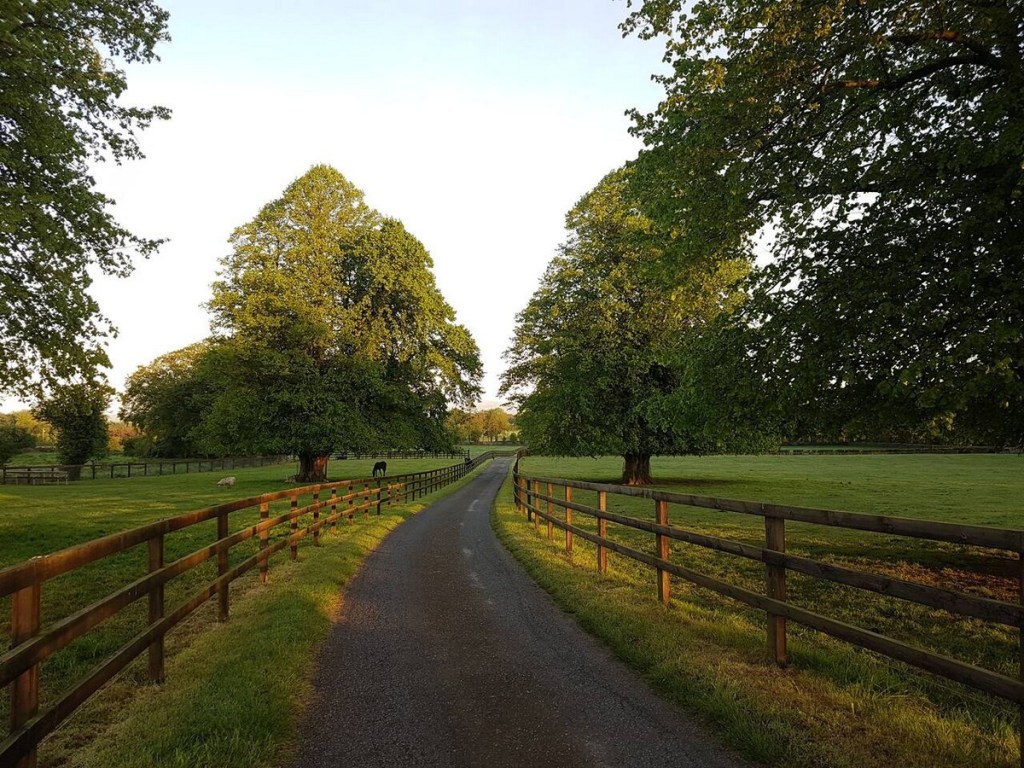
Newspapers around Britain went crazy for the story, and this particular ‘letter’ was republished in local papers from Kent to Newcastle.
From Waterford, the ‘wedding party’ went by boat to Wales, and then by road to Scotland. (All land transport was, of course, by horse and carriage in this era). A hue and cry was raised, and a magistrate’s militia was sent off in hot pursuit. At this point, the Phillips family’s first aim was to get Mary married off to Samuel, before the pursuers could intervene. Many such forced marriages were conducted in all sorts of shady ways, with little regard for the legitimacy of the priest. In Edinburgh, as we’re told by subsequent legal documents, Samuel procured a so-called clergyman, ‘a man of very indifferent character’. (In later years, he came to regret not finding a priest with better credentials, but only because he was worried that it might otherwise undermine his claim on Mary’s fortune!)
Mr and Mrs Phillips then hastened to travel south with their ‘wedding party’. But by then, there was a price on their heads: Mary’s mother offered a handsome reward for Mary’s safe return, and a bounty price to anyone who could hand over Samuel Phillips or his father to the law. Knowing little of the geography, Samuel’s troupe made a strenuous journey by side roads down to Brighton, at the time a small fishing village known as Brighthelmstone. En route, they stopped at Kingston, and asked if the sea was nearby! When they finally made it to Brighton, they then set sail for France. All but one of the party – Mary’s uncle- escaped across the Channel. He however was arrested and clapped in jail in Dublin. It was a close-run thing: according to one newspaper report the abduction party was chased right to the edge of the water.
‘Before the packet in which they sailed was lost out of sight, two of Sir John Fielding’s men arrived at Brighthelmstone, in pursuit of them, and offered any of the fishermen a large reward, that would give chase to the packet, and prevail on the Captain to steer back; but not one of them would attempt it.’
(Hampshire Chronicle, 15 Sep 1777)
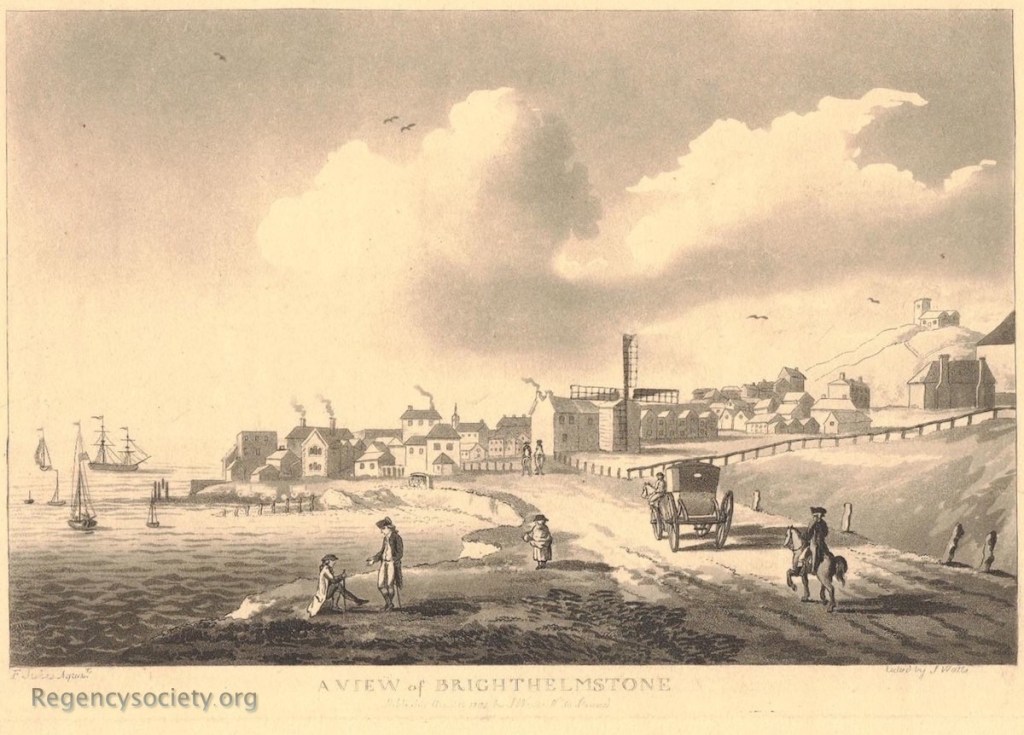
It was reported that they made a successful landing at Dieppe and then headed for Paris. It was time to draw breath, perhaps. Within the space of a month, a thirteen-year-old girl had gone from living quietly with her widowed mother in rural Ireland, to being forcibly married to a cousin, and chased across four countries. But even in France they were not entirely out of reach of British law. As the Freeman’s Journal reported on Sep 25th 1777: ‘Application has been made by the English Ambassador at Paris to have the Phillipses who ran away with Miss Max delivered up if they could be found in the French dominions, and liberty given to have them transmitted to this kingdom to be tried for the felony.’
But before the law could finally catch up with them, Mary’s mother Joan made them an offer. She was desperate to get her daughter back, having lost her husband and both sons in quick succession. According to later legal reports, they stayed in Paris for some time, until the new year of 1778, when Samuel finally decided to bring his ‘bride’ home. On Dec 31st, 1777, Joan Max had formally withdrawn her offer of rewards for capturing the kidnappers. She withdrew her threat of prosecution too, and allowed Samuel to bring his under-age bride back to Gaile House, the Max family home.

Samuel Phillips now became head of the household in a dwelling that was most definitely superior to his father’s home at Foyle, Kilkenny, and he lost no time in using Mary’s money to make it even grander. He still however had to stand trial at Kilkenny Assizes for a hanging offence of abducting a minor, but as Joan Max refused to offer any evidence, he walked free. Though Samuel didn’t win hands down. Mary’s money and property was put in trust for her heirs, so he never had complete control of it. He did however secure Gaile house, which then became the Phillips’ family home for over 150 years after this. My grandfather, Richard Phillips, was born there, before emigrating to England, where my father was born. (Thanks to having an Irish-born grandparent, though, I have recently been able to obtain Irish citizenship and an Irish passport!)
The photos below, from my father’s colleciton, show the glory days of Gaile in the late 19th and early twentieth century – the hunt meeting, garden parties and bicycle races!


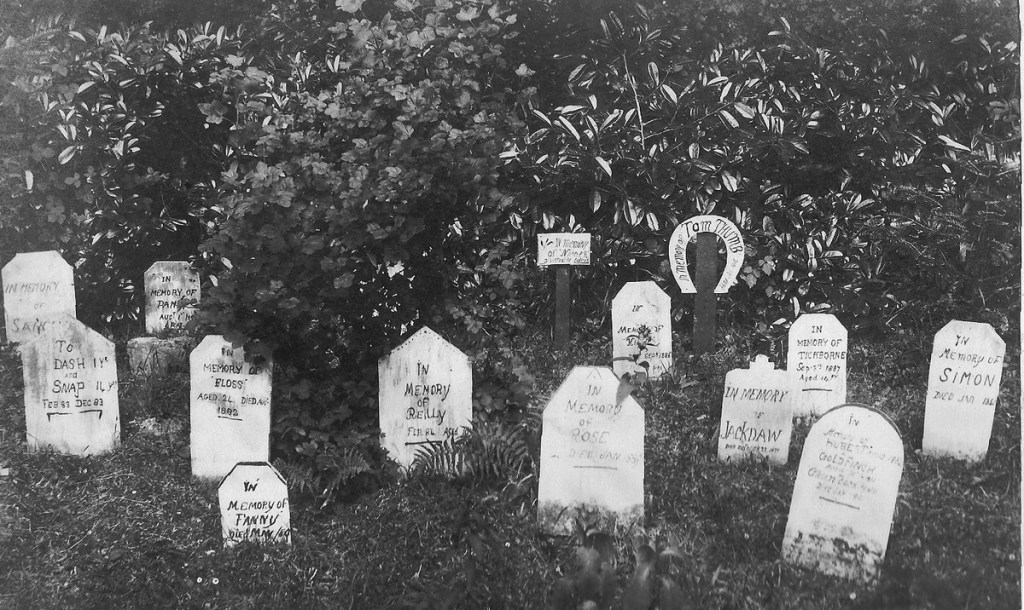
Samuel Phillips and Mary Max, now Phillips, had three children: Richard, Joanna and Frances. (Richard and Samuel were names which were chosen in almost every Phillips generation). Then Mary died, aged only 26. Who knows what a toll the early marriage and childbirth had taken from her? She had her first child, Richard, when she was only sixteen years old.


But despite family papers and newspaper reports, we still don’t have the whole story. Was it a forced abduction, that ripped a young girl away from her mother, her only protector, and laid claim to Mary’s fortune? Or could it be that Mary and Samuel were indeed in love? Or, again, perhaps she was a headstrong young teenager with a thirst for an exciting adventure. The idea of running away might have seemed very romantic. They were not strangers; the families lived only forty miles apart and already knew each other well. At that period in history, thirteen was considered nearly ripe for marriage. But even for those times, she was still very young: although most Irish abductees were under the age of 21, very few indeed were as young as that. And it seems that Sam and Mary started sexual activity straightaway. One newspaper reports: ‘It appeared that when they left Ireland they sailed for and landed in Wales, that they crossed all England and made the best of their route to Scotland, where it is supposed young Phillips and Miss Max were married, as it also appeared they slept together at Kingston, and at Brighthelmstone.’
As her direct descendant, I’d like to think that Mary and Samuel married for love. Or at least, that there was some romance, or sense of adventure on her side. Perhaps she was a catch in more ways than one – a couple of newspapers described Mary as ‘exceedingly beautiful’, though we have no surviving pictures of her to check this. One gossip column of the day suggested that the couple already had an ‘understanding’ and that when Mary’s relatives began to arrange a marriage for her to ‘a young Gentleman of a distinguished Family in Dublin’, Mary and Sam decided to secure their own marriage first. Nevertheless, would a thirteen-year old girl really understand what was in store for her?

My father was a keen genealogist, and he uncovered this story and pieced it together. I’ve added to it with the advantage of excellent internet tools now, and a rich trove of old newspaper reports available for searching online. And thus a tantalising, dramatic, but still mysterious story has unfolded, to which we will probably never have all the answers. One question is why Mary’s mother Joan dropped the prosecution, and accepted that her young daughter’s marriage? For that, there is a historical answer: studies from the period reveal that a girl was often regarded as ‘damaged goods’ once she had even been alone with a young man, let alone travelled abroad with him, and that she would henceforth be rejected as marriage material. Once a daughter had been abducted and married off, it was a fait accompli, and parents usually decided that a forced marriage was better than no marriage. And later reports do indicate that Mary and Sam did settle together quite happily, for the thirteen year period of their marriage.
Below are three of my direct-line grandfathers, all named Richard Phillips, and all of Gaile House.
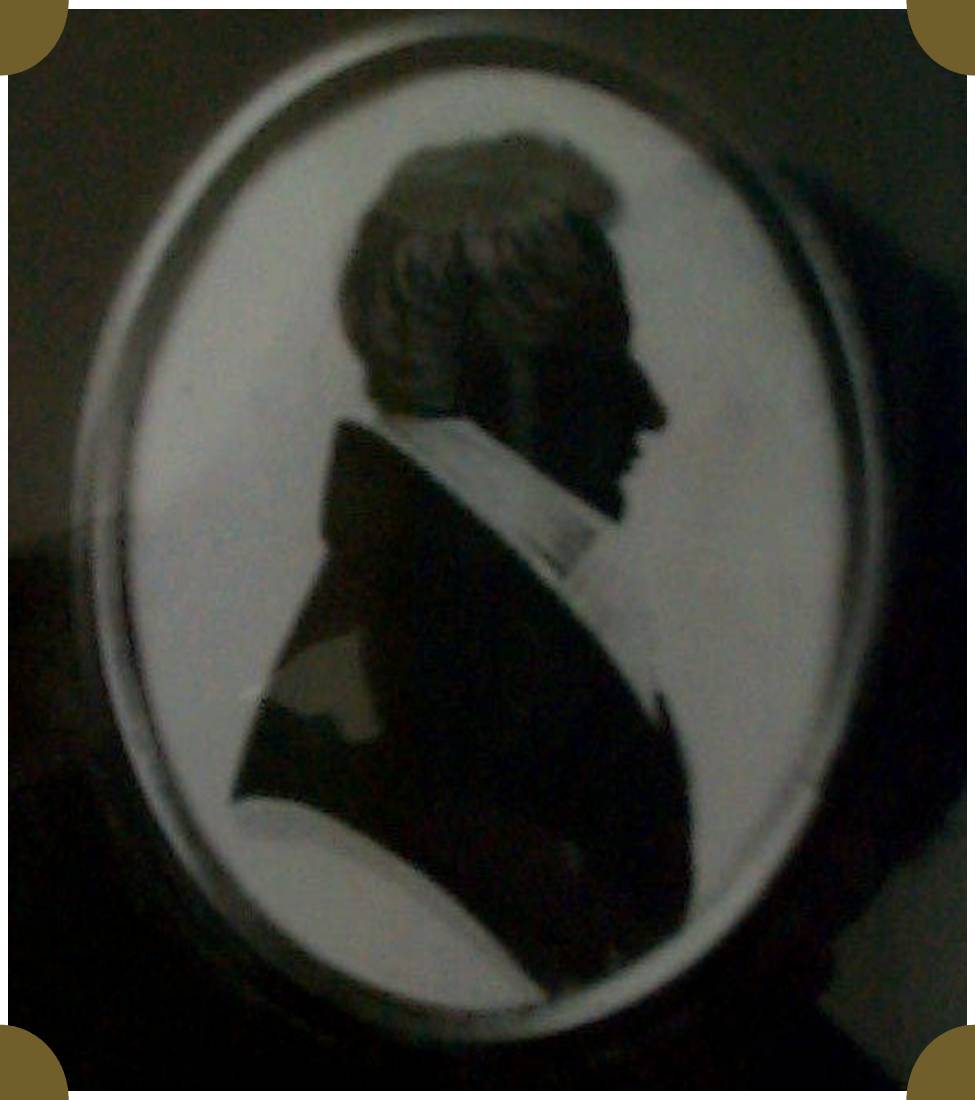

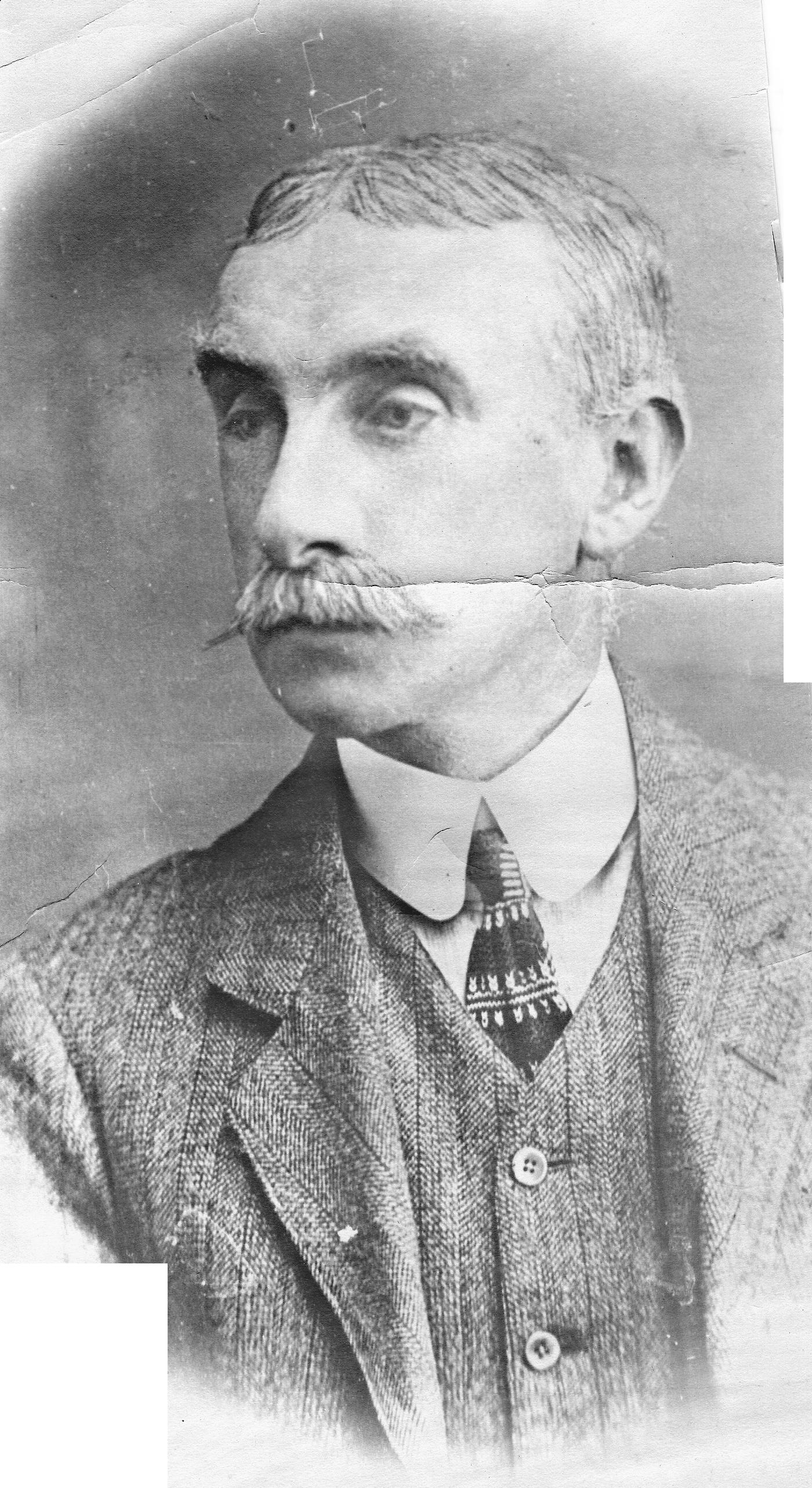
The family lore which was passed down through the generations, doesn’t seem to include a strong sense of outrage or pity for Mary. My father, Ormonde Phillips, often talked to his ‘kinsman’ Jack Max, who still held some of the Max family papers about the legal side of the abduction, and he didn’t glean any indication from Jack that it was a blot on the family landscape. This isn’t conclusive, but does at least give a window of hope that Mary was not completely devastated by the event. The Max family, rather than the Phillipses, would surely be the ones to hold onto a grievance.
This Facebook video is a delightful sequence of a Connemara pony being put through its paces at Gaile today, which is now an equestrian centre for training and supplying sportshorses.
I’d like to honour my 4 x great grandmother by telling her story, and keeping its memory alive. Researching it has led me into a fascinating area of history, when the law in central Ireland was largely disregarded, and old clan ways still prevailed. I cannot help be somewhat uncomfortable, however, about the way my Phillips ancestors acquired their ‘forever’ home of Gaile House, Tipperary. Eventually, there was no one in the family suitable to take it on any more, and so it was sold. But from falling nearly derelict, it’s now under new ownership, and beautifully restored as an equestrian centre. The wheel of Fortune turns again.




To the memories of Mary Max 17763-1789 and Samuel Phillips 1756-1816. I wish you could see how the family has grown today, and how splendid Gaile House looks once again!
Related Reading
The Pursuit of the Heiress: Aristocratic Marriage in Ireland 1740-1840 – A. P. W. Malcomson (Ulster Historical Foundation, 2006)
Forcibly without Her Consent: Abductions in Ireland, 1700-1850 – Thomas P. Power (Universe, no date). My father contributed his Mary Max research to this book, which also contains a very good Bibliography
You may also be interested in other family history posts on Cherry’s Cache:
Seduction, Sin and Sidmouth: An Ancestor’s Scandal
Relevant books by Cherry Gilchrist



Thank you so much for this.I will send on to a journalist friend who is from Kilkenny.
LikeLiked by 2 people
This is fascinating Cherry and a window on a shady world I knew nothing about. Thank you.
LikeLiked by 2 people
I was told by an English/ Irish Genealogist that this was an example of why fathers in well to do families ( even those owning a home were considered well-off) married their daughter’s off at a young age…
LikeLike